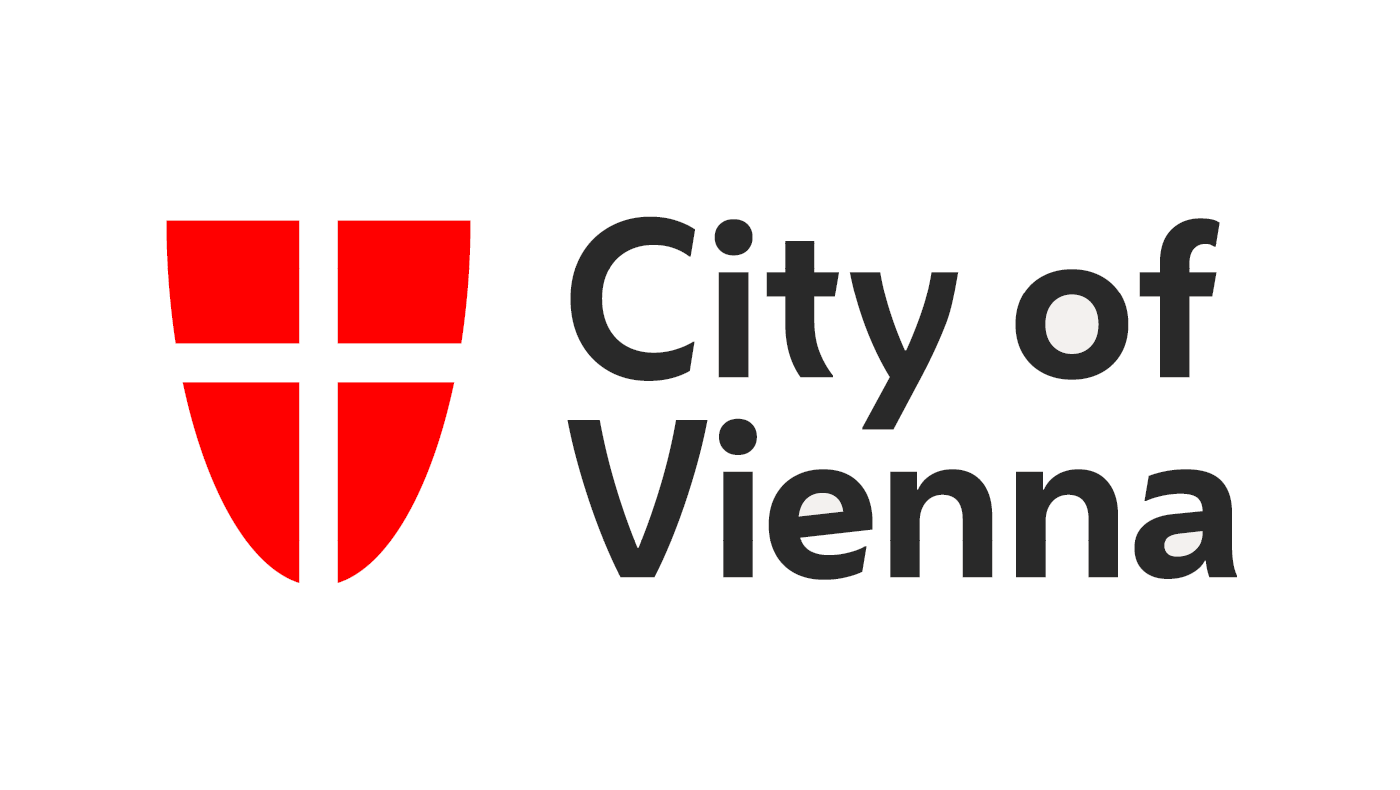“(1) health care must be adequate, meaning health care coverage should cover treatments patients need, including the services in the essential health benefit package; (2) health care should be affordable, enabling patients to access the treatments they need to live healthy and productive lives; and (3) health care should be accessible, meaning that coverage should be easy to understand and not pose a barrier to care. Enrollment should be easy to understand, and benefits should be clearly defined” 33 US health care organisations, 2020.
Need, Efficiency, Costs & Quality
Access to, affordability and provision of health care need to be somehow assessed. I suggest that the four most most prudent metrics to do this are health care needs, efficiency, cost-effectiveness and quality.
Health care needs can be measured as self-assessed unmet need (SUN) (Gibson et al. 2019). Need, as demand for health care, is associated with health status and with socio-economic conditions (e.g. Ko 2016; Lee et al. 2015; Connolly & Wren 2017; Moran et al. 2021). Unmet health care needs can be caused by systemic issues, such as inability to access a specific treatment, examination or service. Unment needs can also be associated with personal reasons, which are circumstances and choices unrelated to the health care system (Bataineh et al. 2019).
A frequent instrument with the aim to increase cost-effectiveness and efficiency of a health care system, public and private, is to foster market competition. What does heightened competition really do to health care systems’ price levels, costs and quality of provided treatments and care? Propper and Leckie (2011) argue that according to economic theory a stable and efficient equilibrium in health care will be hard to find, despite raised competition, which in Europe is mainly stimulated through increasing patient choice. This is because health care providers may over or under provide because product and service differentiation will be difficult to achieve. In addition, quality may be hard to observe and compare and patients might not exhibit sensitive price-elasticity. What is more, the type and generosity of dominant health insurance schemes will have a crucial effect on patients’ sensitivity for price and quality. Also, increased competition may result in discrimination of some patients, i.e. providers will not be prepared to conduct unprofitable and expensive treatment or care. Private supplementary insurances may even result in increased individual spending costs for public health insurance (cf. Cabral and Mahoney 2019). Propper and Leckie (2011) also offer empirical evidence from outside the USA with regards to heightened competition in health care. They find that in the UK more competitive hospitals offer shorter waiting times. Further evidence from the UK suggests that with privatisation costs decreased, but so did the quality of treatment experienced by patients. Altogether, the effect of competition on costs, prices, and quality is contingent on the specific institutions of the respective health care system. This scarce evidence suggests that increased involvement of private companies in health care provision is no guarantee for better cost-effectiveness, efficiency or quality.
I want to put quality under the investigative lens more closely because experienced quality of public health care can be expected to fundamentally influence citizen-patients’ trust in the public health care system. Past experiences in the public health care system ought to affect whether one supports redistribution in favour of the same. Sekhri et al. (2012) find that public-private joint ventures in health care can improve efficiency, access and quality in a comparison of three diverse populations. Herrera et al. (2014) detect no direct differences in quality but show that mortality of patients and payments to facilities are both higher in private for-profit providers in different countries. Tynkkynen and Vrangbæk (2018) demonstrate that across Europe public hospitals have the best economic performance compared to private not-for-profit and private for-profit hospitals. They find no conclusive results in terms of quality. Similarly, Kruse et al. (2018) show that in Europe the increase in private hospitals cannot be associated with an improvement of quality. However, private hospitals are more sensitive to fiscal fluctuations than public ones. Basu et al. (2012) discover that private health care providers are not systematically more efficient, accountable, or medically effective than the public sector in several LMICs. In an investigation into Switzerland, Australia and Canada, unregulated PHI seems inferior to SHI-schemes in terms of cost-effectiveness in some and in terms of quality provision in all cases (Gechert 2010). Altogether, evidence indicates that private providers of health care largely perform not better or even worse in terms of quality than public providers. The public-private mix, which could combine the ‘best’ from both worlds, might be a viable solution for many stressed health care systems, both in regard to financing and to operation.
Altogether, I propose that access, affordability and provision can be assessed through the measurement properties need, efficiency, cost, and quality. However, there are some associations that are particularly strong. These are the link between access and need, between affordability and cost plus efficiency, and between provision and quality.

